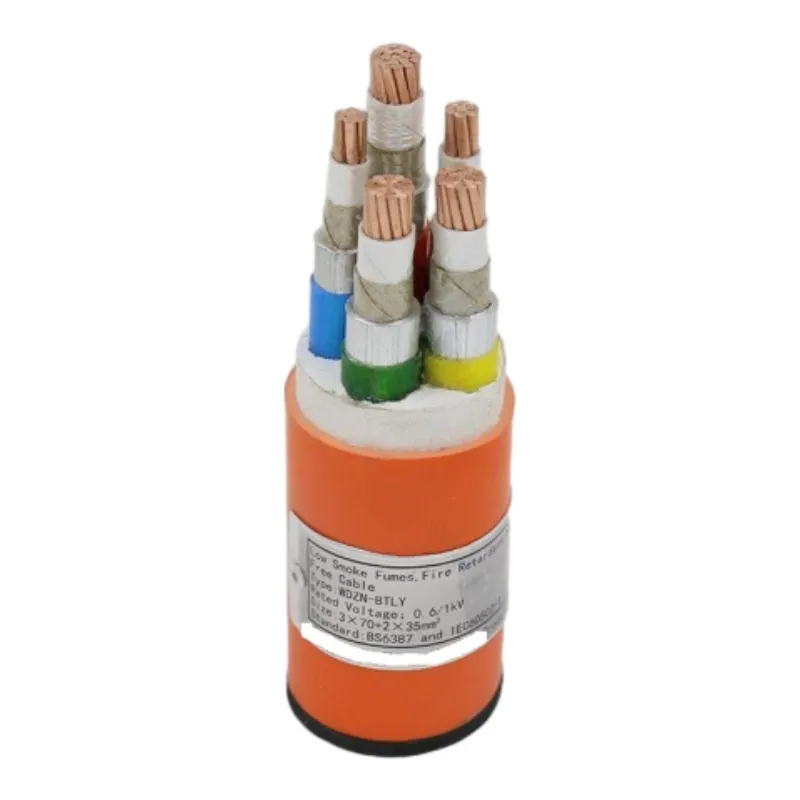10 月 . 09, 2024 10:21 Back to list
electric actuated butterfly valve
The Role of Electric Actuated Butterfly Valves in Modern Industry
Electric actuated butterfly valves have emerged as a vital component in various industrial applications, thanks to their efficiency, reliability, and ease of use. As industries strive for automation and improved process control, these valves provide an effective solution for fluid and gas management. In this article, we will explore the working principles, advantages, applications, and future trends associated with electric actuated butterfly valves.
Understanding Butterfly Valves
Butterfly valves are a type of quarter-turn valve that regulates flow by rotating a disc, known as a butterfly, within the pipeline. When the valve is fully open, the disc is perpendicular to the flow, allowing maximum fluid passage. Conversely, when the valve is closed, the disc aligns parallel to the pipeline, restricting flow significantly. This simple design enables quick operation, making butterfly valves a popular choice for applications requiring rapid valve actuation.
Electric Actuation Mechanism
Electric actuators enhance the functionality of butterfly valves by providing precise control over their opening and closing. Unlike manual valves that require physical effort to operate, electric actuators utilize an electric motor to move the valve into the desired position. This mechanism ensures consistent performance, reduces labor costs, and minimizes the risk of human error.
Electric actuators come equipped with feedback systems, allowing for real-time monitoring and control. Users can integrate these actuators into automated systems, enabling remote operation and continuous monitoring of flow conditions. This level of control is particularly important in sectors such as water treatment, chemical processing, and power generation, where maintaining specific flow rates is crucial for operational efficiency.
Advantages of Electric Actuated Butterfly Valves
1. Efficiency and Precision Electric actuated butterfly valves can be operated quickly and with high precision. This characteristic is essential in processes where rapid response times are critical.
2. Reduced Manual Labor Automation reduces the need for manual labor, significantly lowering operational costs and minimizing the potential for human error during valve operation.
3. Consistent Performance Electric actuators ensure that the valve functions consistently under varying conditions, enhancing process reliability and safety.
electric actuated butterfly valve

5. Integration with Control Systems Electric actuated butterfly valves can easily be integrated into larger control systems, allowing for real-time data collection and flow management. This capability supports advanced manufacturing techniques and smart building technologies.
Applications in Various Industries
Electric actuated butterfly valves find applications across a myriad of industries
- Water Treatment These valves are used extensively in water supply and wastewater treatment facilities, where controlling flow and pressure is critical for compliance with environmental regulations.
- Oil and Gas In the oil and gas sector, electric actuated butterfly valves control the flow of fluids in pipelines, refineries, and processing plants, ensuring safety and efficiency in hazardous environments.
- HVAC Systems Heating, ventilation, and air conditioning (HVAC) systems utilize these valves for regulating airflow, enhancing energy efficiency and maintaining comfort levels in buildings.
- Food and Beverage In the food and beverage industry, hygiene standards are paramount. Electric actuated butterfly valves provide a sanitary solution for controlling the flow of liquids and gases without contamination.
Future Trends and Sustainability
As industries increasingly shift towards automation, the demand for electric actuated butterfly valves is expected to rise. Innovations in actuator technologies, such as improved energy efficiency and the adoption of IoT-capable devices, will further enhance their usability and effectiveness. Additionally, a growing emphasis on sustainability and reduced environmental impact will drive the development of valves made from eco-friendly materials and those that maximize process efficiency.
In conclusion, electric actuated butterfly valves represent a significant advancement in fluid flow management across various industries. Their efficiency, reliability, and ability to integrate with modern control systems make them indispensable in today’s automated industrial landscape. As technology continues to evolve, the potential applications and benefits of these valves will only continue to expand, shaping the future of fluid control.
Share
-
Understanding the Differences Between Wafer Type Butterfly Valve and Lugged Butterfly ValveNewsOct.25,2024
-
The Efficiency of Wafer Type Butterfly Valve and Lugged Butterfly ValveNewsOct.25,2024
-
The Ultimate Guide to Industrial Swing Check Valve: Performance, Installation, and MaintenanceNewsOct.25,2024
-
Superior Performance with Industrial Swing Check Valve: The Essential Valve for Any SystemNewsOct.25,2024
-
Industrial Swing Check Valve: The Ideal Solution for Flow ControlNewsOct.25,2024
-
You Need to Know About Industrial Swing Check Valve: Functionality, Scope, and PerformanceNewsOct.25,2024